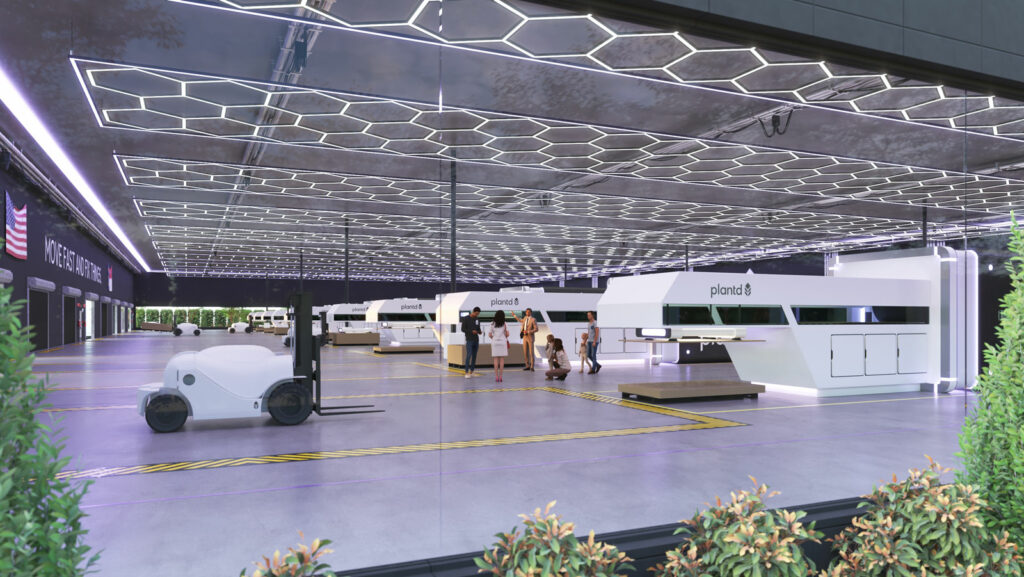
With the US housing market being so expensive these days, companies are continuously working to try and find new and more cost-effective ways to fabricate lumber in large numbers for construction. One startup has managed to find a way to do this by swapping tress for grass.
By using highly specialized laminating and molding machines, they found a way to turn the fibers of particular species of grass into materials comparable to wood. They are just as strong, but lighter, and moreover, they can be mass produced much faster than how usual timber takes.
Alongside two former SpaceX engineers, entrepreneur Josh Dorfman created the company Plantd. Their very first product, considered the “flagship” of the company, looks like a regular pressed wood panel used for homebuilding. However, there is nothing ordinary about it. It’s made using a fast-growing species of grass that, throughout its lifetime, can absorb at least 30 tons of carbon dioxide via photosynthesis.
Moreover, this type of grass can be harvested at least three times in a single season, unlike pine wood, which can only be harvested once in 20 years. While this has the potential to lower the cost of lumber for homebuilding immensely, it may also help increase carbon-capture exponentially for the timber industry as well.
According to Dorfman in an interview with Fast Company, “We see the greatest opportunity to lock away the most carbon when we make a superior product than what exists today. And do it in a way where that end customer can still build exactly the same way… they don’t have to change in any respect.”
Notably, the fibers found in wood and grass are chemically similar. The cellulose that’s found in grass in placed inside the shredding machines of Plantd in their North Carolina manufacturing plant, which can then be pressed into any size panel. As for counting the carbon that’s stored in the plant fibers, they explain that the manufacturing procedure is carbon-negative. What this means is that it stores more carbon in the product than it takes to generate the needed amount of electricity to run the machines.
According to Dorfman, there are tons of under-utilized farm acres across the country that could potentially be used to grow the needed grass species for their products, which can even grow up to 30-feet in just one year.
Due to the pandemic, the U.S. housing market being so hard to navigate these days, with both the construction and real estate industries being majorly hit. It caused a number of supply chains to close down, including the Canadian timber industry, causing the cost of timber to rise to great amounts. Using these grass panels could be the answer to both innovation in the housing industry, as well as a way to help protect from future issues with supply chains should such problems arise again.
What are your thoughts? Please comment below and share this news!
True Activist / Report a typo


